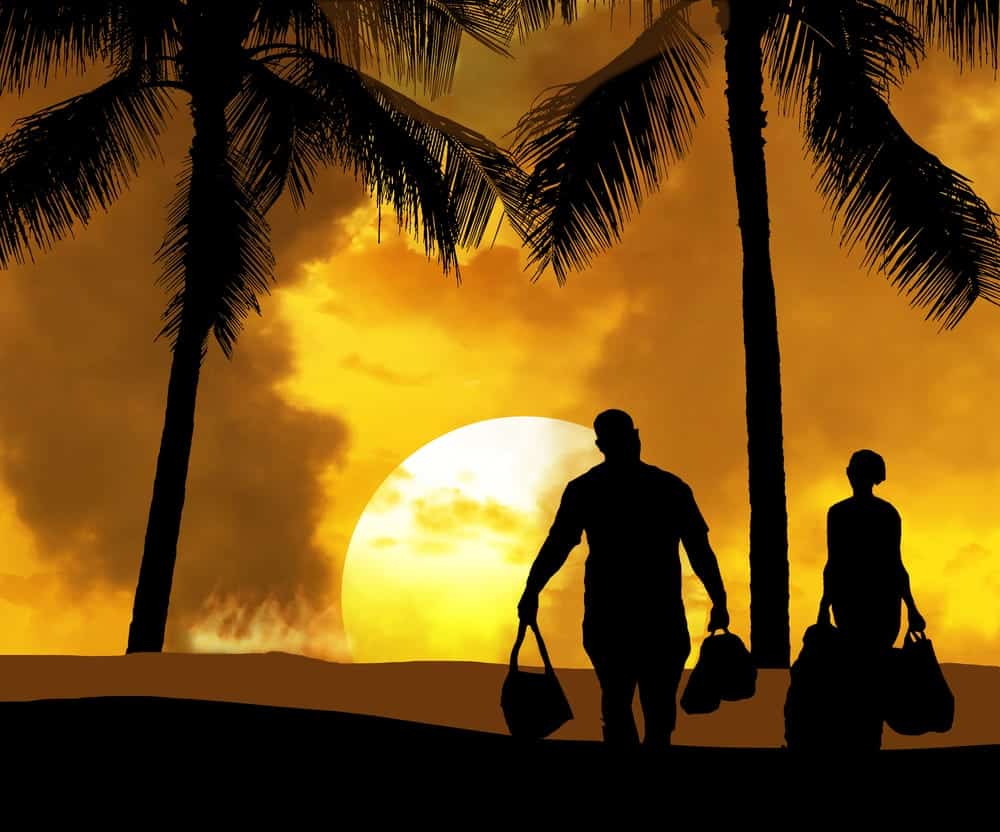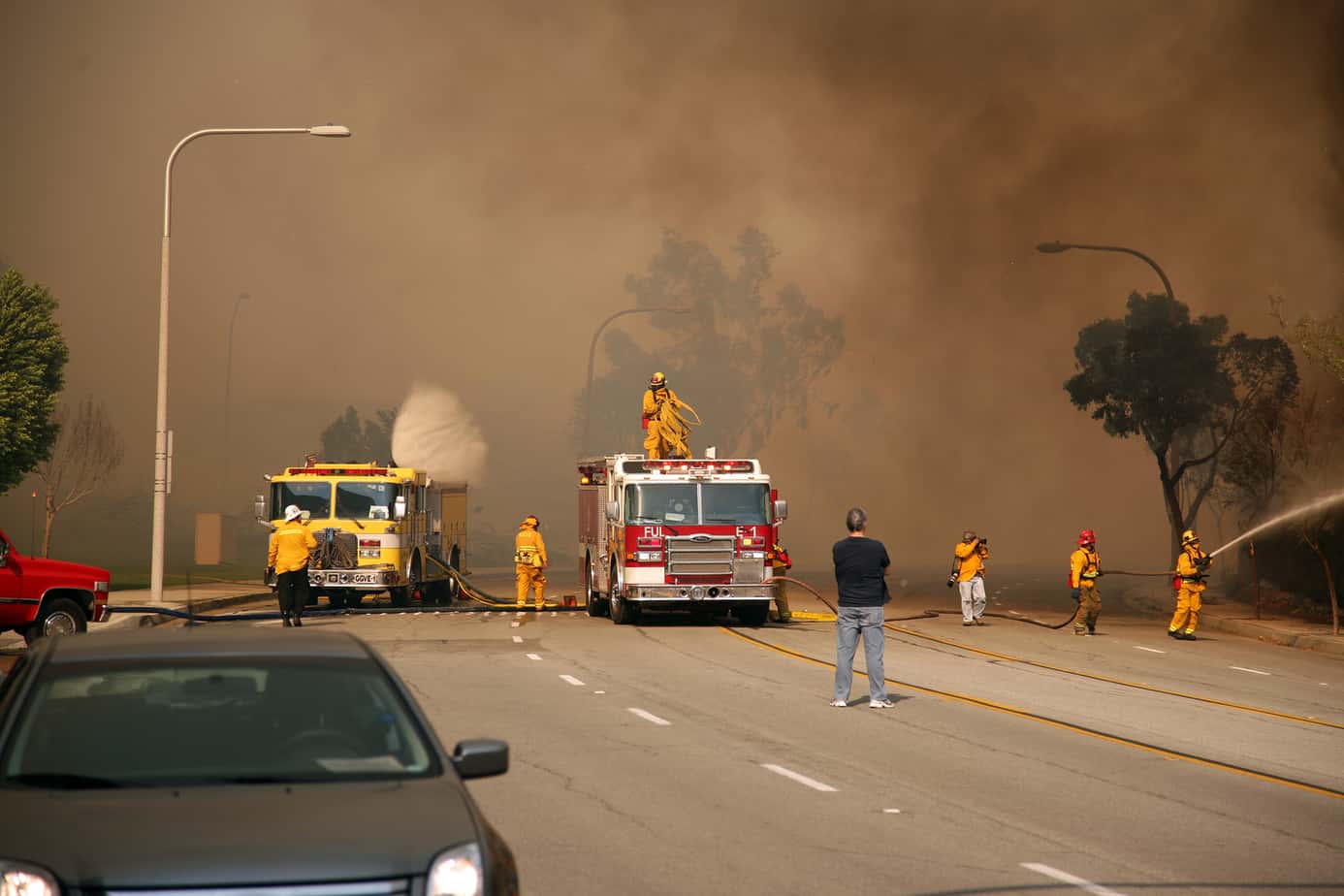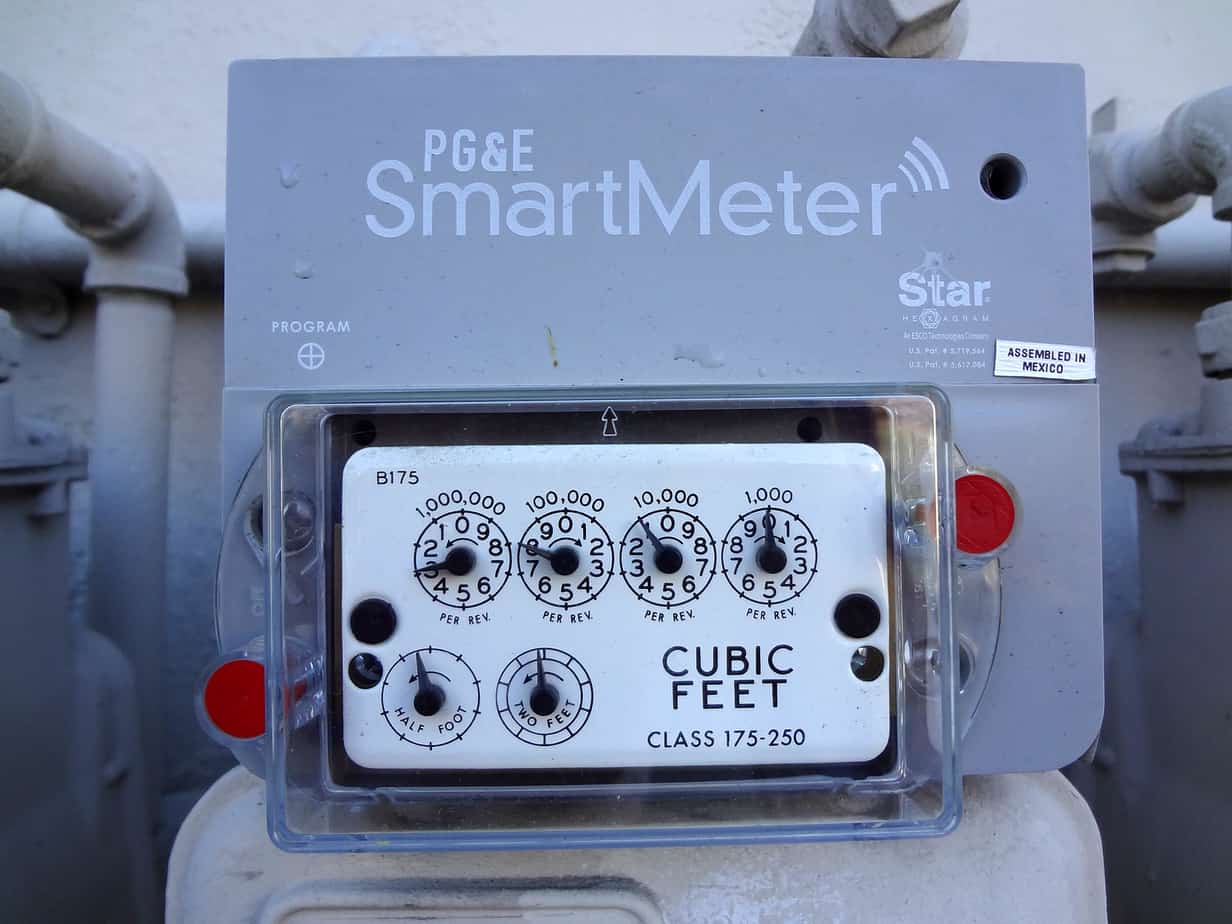Wildfire lawsuits demand attention as victims of these devastating events fight for compensation and justice. Utility companies and the government are frequently targeted in these legal battles, accused of negligence and mismanagement in preventing and containing wildfires.
Wildfire lawsuits underscore the urgency for enhanced regulations and transparency in addressing the escalating risks associated with wildfires.
One notable case in the news involves a lawsuit against Hawaiian Electric, Hawaii’s largest power company, and the federal government for their alleged roles in the 2016 Great Smoky Mountains and the more recent Maui wildfires. The plaintiffs accuse Hawaiian Electric of failing to adequately maintain its infrastructure and adopt necessary safety measures, which they claim contributed to the spread of the fires.
These cases are important reminders of the consequences of insufficient wildfire prevention and response strategies, especially as climate change exacerbates the intensity and frequency of wildfires worldwide. As the public and legal scrutiny of utility companies and governments grows, it’s crucial to examine the best methods to reduce the risks and improve the overall management of wildfires.
Key Takeaways
- Wildfire lawsuits often target utility companies and governments for their alleged negligence in prevention and containment.
- Hawaiian Electric’s alleged insufficient safety measures are a focal point in recent Maui wildfire lawsuits.
- Increased public and legal scrutiny pushes for better wildfire management strategies in the face of climate change.
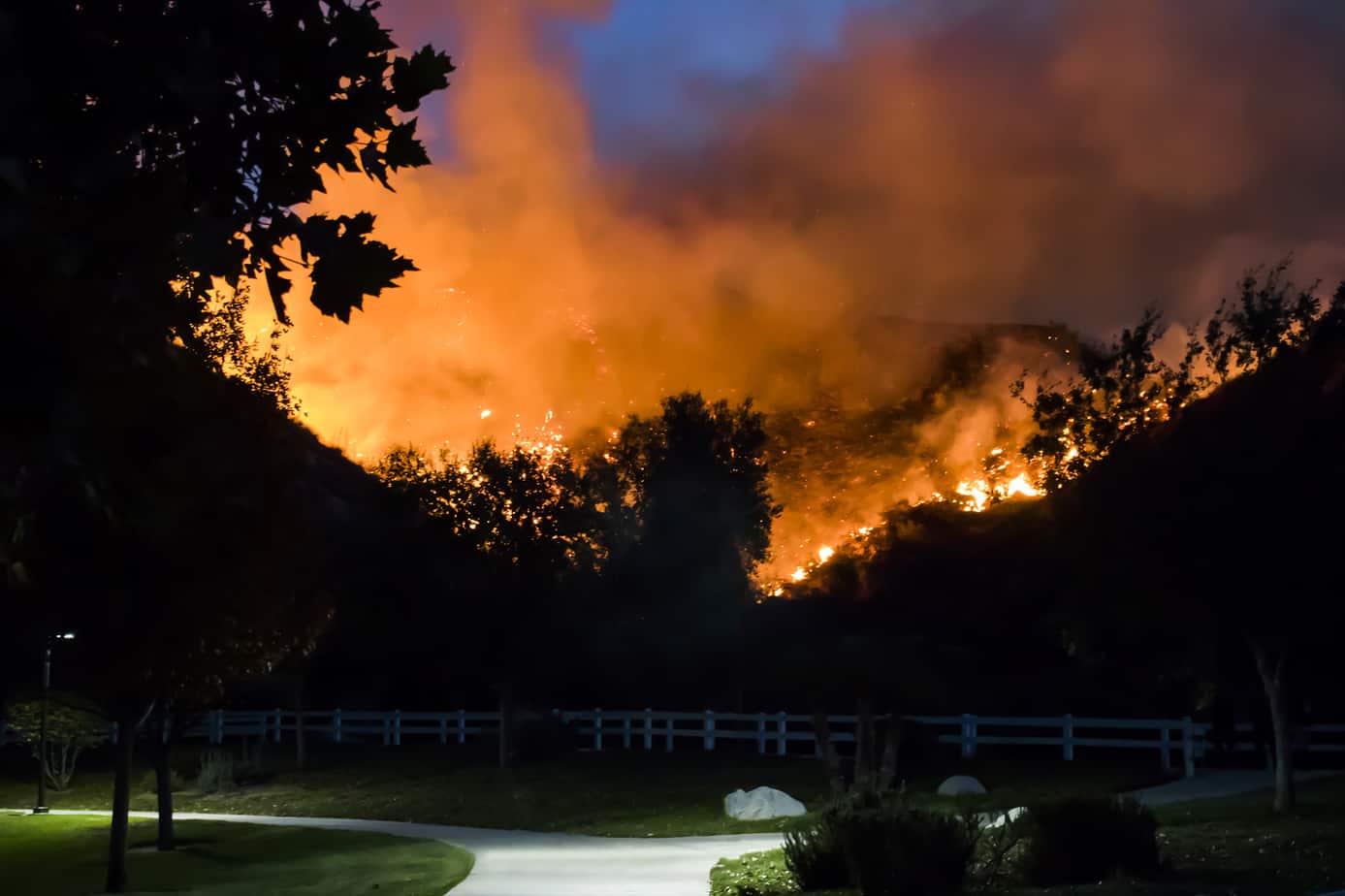
Understanding Wildfire Lawsuits
Wildfire lawsuits typically involve parties affected by damages seeking compensation from those they believe are responsible for the fire. These lawsuits can be filed against individuals, companies, or government entities whose negligent actions or mismanagement may have caused or contributed to the wildfire.
One common type of wildfire lawsuit is the class action lawsuit, which is filed by a group of people who have suffered similar losses due to a wildfire. In this case, the plaintiffs collectively seek compensation for their incurred damages. This can include property damage, loss of income, personal injury, or even wrongful death.
Negligence plays a major role in many wildfire lawsuits. Plaintiffs often argue that the defendant(s) – such as utility companies, landowners, or government agencies – failed to take necessary precautions or follow regulations to prevent wildfires. This, in turn, makes them liable for the damages caused by the fire.
For example, utility companies may be accused of poorly maintaining their equipment, leading to sparks that can ignite a fire. Similarly, landowners might be held responsible if they do not properly maintain their property, leaving dry vegetation that may fuel a wildfire. Government agencies might also face lawsuits if they fail to enforce laws and regulations to prevent wildfires adequately.
To be successful in a wildfire lawsuit, plaintiffs must prove that the defendant’s negligence or wrong actions directly contributed to the fire and that the fire resulted in damage or loss for them. Evidence that can be presented can include expert testimony, documentation, and witness accounts.
It is essential to remember that not all wildfire lawsuits are successful, as they require complex documentation and significant resources to pursue. Additionally, proving negligence or mismanagement in these cases can be challenging due to the many factors contributing to wildfires. Nevertheless, wildfire lawsuits play a crucial role in holding responsible parties accountable and ensuring that proper precautions are taken in the future to reduce the risk of wildfires.
The Role of Utilities in Wildfires
Wildfires have become a major concern for utilities as their infrastructure and electrical equipment can often play a role in igniting these destructive events. In recent years, power companies such as Hawaiian Electric, Pacificorp, and Pacific Gas & Electric have faced lawsuits for their alleged role in causing wildfires.
As local power companies operate extensive networks of electrical equipment, there is a potential for incidents like power lines coming down or sparks from transformers to ignite fires. These incidents can become massive wildfires with increased dry conditions and high winds.
To reduce the risk of wildfires, utilities must carefully maintain and monitor their infrastructure and invest in grid modernization efforts. These efforts include upgrading aging equipment, enhancing real-time monitoring technologies, and implementing more stringent safety protocols.
Several wildfire-related lawsuits have been filed against utilities, spotlighting their role in these disasters. For example, Hawaiian Electric faces scrutiny for possible mismanagement leading to the deadliest wildfire in modern American history. Pacificorp, another utility company, was found liable in a series of destructive wildfires, facing potential billions of dollars in damages.
Utilities are compelled to bear the brunt of the legal and financial consequences following wildfire incidents, highlighting the importance of infrastructure management and grid modernization efforts. As climate conditions continue to change, resulting in hotter and drier environments, the responsibility of power companies in preventing future wildfires becomes even more critical.
In conclusion, the role of utilities in wildfires cannot be understated, and it is essential for power companies to proactively invest in infrastructure improvements and maintenance to mitigate their risks and potential liabilities.
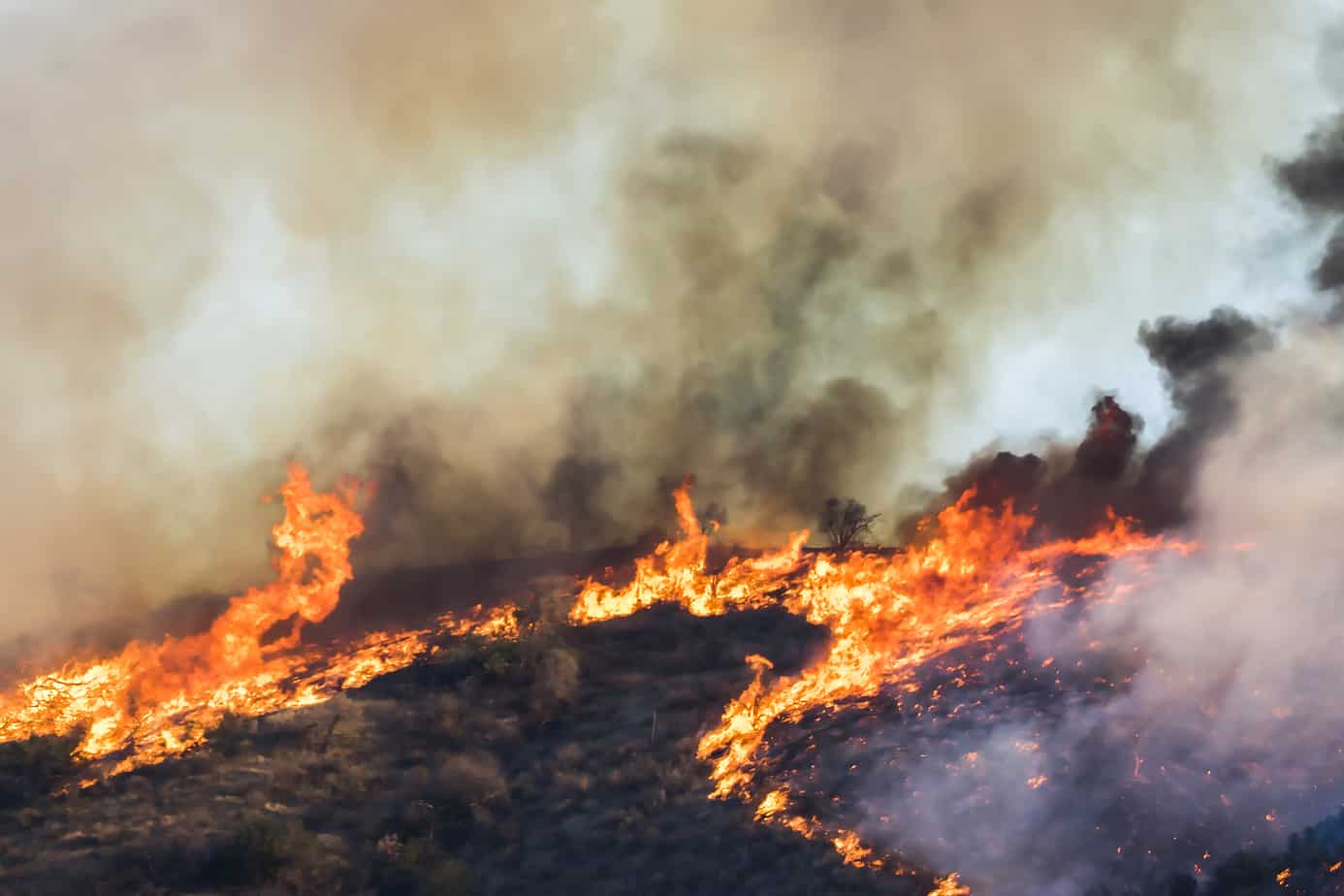
Specific Cases and Settlements
Pacific Gas & Electric (PG&E) has had a significant role in multiple wildfire events in California. The utility company agreed to pay $55 million in penalties and costs to settle civil cases against them for their role in two major wildfires. Furthermore, PG&E agreed to an $11 billion insurance settlement over several California wildfires, covering most claims from the Camp Fire in 2018 and the Northern California fires in 2017. The Camp Fire was a tragic disaster, causing significant property damage and loss of life.
The Hawaiian Electric Company was criticized for handling the Maui wildfires in August 2018. The Lahaina Fire caused extensive property damage and affected many homes, forcing the evacuation of thousands of residents. As a result, fire victims have pursued legal action against the company.
PacifiCorp, an electric utility in the Pacific Northwest, faced lawsuits over its role in the devastating Santiam Canyon fires in Oregon, including the Beachie Creek Fire in 2020. These wildfires led to significant property damage and claimed multiple lives.
Various utility companies have faced a staggering $1.6 billion in damages and settlements due to their involvement in these tragic wildfires. Settlements aim to relieve the affected residents, helping them rebuild their lives, homes, and communities.
Impact on Victims
The victims of wildfires, such as those in Tennessee and Lahaina, suffer tremendous losses and face significant challenges in the aftermath of the disaster. These individuals, homeowners, business owners, and renters, often lose property, homes, and cherished belongings. The devastation of wildfires affects not only their livelihoods but also disrupts entire communities and causes immense emotional distress.
Among the victims of wildfires are Lahaina residents who experienced a disaster that led to the loss of numerous homes and valuable property. Homeowners faced the destructive force of the fires, witnessing the burning of their houses, belongings, and memories. While perhaps not suffering direct property damage, Renters lost their living spaces and the stability they once had.
Business owners were also heavily impacted by these disasters. With structures destroyed and inventory lost, they faced the daunting task of rebuilding their livelihoods from the ground up, often without the support and resources needed for a swift recovery. The loss of income, not only for the business owners but also for their employees, further exacerbated the challenges in the wake of the fires.
It is essential to recognize that the damage caused by wildfires goes beyond physical property and homes. Lives were lost, and those who survived were forced to face the emotional and mental anguish that followed the disaster. Individuals and the entire community felt this pain as support systems and social fabrics were left in tatters.
The impact of wildfires on victims is wide-reaching and devastating. Homeowners, business owners, renters, and whole communities must grapple with the significant and life-changing losses of property, homes, and lives.
Prevention and Response
Fire risk is often heightened by dry vegetation, especially trees, and other flammable vegetation. Utilities must have comprehensive fire prevention and emergency response efforts to address these risks. Effective safety measures may include removing hazard trees, regularly maintaining vegetation near power lines, and implementing advanced planning.
To stay informed of potential fire risks, utilities should closely monitor advisories from the National Weather Service, such as Red Flag Warnings. These warnings are issued when weather conditions are conducive to rapid fire growth and enable utilities to prepare for possible emergency response efforts.
One proactive measure to mitigate fire risk is implementing a public power shutoff plan. By de-energizing power lines in high-risk areas during dangerous weather conditions, utilities can help prevent the ignition of wildfires. However, it is crucial to carefully plan these shutoffs to minimize the impact on customers and coordinate with first responders.
Another critical component of wildfire prevention is maintaining and operating essential equipment, such as pumps, that ensure adequate water supply during firefighting. Regular inspection and timely replacement of aging equipment can reduce the likelihood of equipment-related fires and promote the overall safety of communities.
Utilities should have well-organized emergency response plans in conjunction with preventive measures. Collaboration with first responders and other stakeholders is essential for effective and timely response to wildfires. Clear communication channels and continued training of personnel can help ensure a coordinated and successful approach to combating wildfires when they occur.
Role of Insurance and Compensation
Insurance is crucial in mitigating wildfire risks and compensating those affected by wildfires. In recent years, claims related to wildfires have increased substantially. For instance, California reported insurers receiving claims worth $12.4 billion in 2018, a significant increase from $11.7 billion in 2017.
Various entities are involved in the insurance and compensation process after a wildfire. These include homeowners, renters, and business owners who file claims to cover property damage, loss of belongings, and other expenses caused by the fire.
Homeowners’ insurance typically covers damages to the home’s structure, personal belongings, and additional living expenses if the homeowner is forced to relocate due to the wildfire. Renters’ insurance, on the other hand, generally covers personal property losses and additional living expenses but does not cover the structure of the rental property.
Business owners can seek compensation through their commercial property insurance policies. These policies may cover damage to the business property, inventory losses, and even loss of business income due to the fire. In some cases, additional coverage such as business interruption insurance, may be required to help businesses recover from significant wildfire losses.
Settlements and legal outcomes are another aspect of compensation for wildfire-affected parties. For example, the utility company PG&E reached an $11 billion settlement with California wildfire insurers in 2019. Similarly, PG&E also agreed to pay $55 million in penalties and costs to settle civil cases brought by prosecutors in 2022.
Insurance and compensation play a vital role in helping homeowners, renters, and business owners recover from the devastating impact of wildfires. This system can help rebuild lives and communities after catastrophic events by providing financial support and legal settlements.
Investigations and Evidence
Several wildfire lawsuits have been filed in the United States in recent years, with investigations and evidence playing crucial roles in determining the outcomes. As investigators and reporters, such as those from USA Today, delve into the causes of these wildfires, they gather substantial evidence to build a case against the responsible parties.
One notable example is the lawsuit against Hawaiian Electric, the largest power company in Hawaii, alleging that the company’s “negligent and reckless operation” of its infrastructure caused the Lahaina fire. In this case, the investigators have been focusing on the utility company’s role in the disaster and collecting evidence to support the claims made by the affected residents.
During these investigations, various factors are examined, including weather conditions, the lack of maintenance on power lines, and the overall safety measures implemented by utility companies. For example, in the Lahaina fire case, the lawsuit alleges that Hawaiian Electric failed to properly maintain power lines and transformers, leading to the wildfire.
Investigations often involve extensive collaboration between multiple parties, including local authorities, state and federal agencies, and independent experts. This cooperation enables the investigators to gather comprehensive and reliable evidence. Additionally, the involvement of experienced reporters, such as those from USA Today, helps bring attention to these lawsuits and provides public scrutiny of the responsible entities.
Through these thorough investigations and the collection of strong evidence, the victims of wildfires can seek justice and hold those responsible for the disasters accountable. The collaborative efforts between investigators, authorities, and reporters are essential in building solid cases and ensuring that those affected by wildfires receive the compensation and resolutions they deserve.
Effects on Utility Stocks
Hawaiian Electric Industries’ stock has experienced significant volatility following the wildfire lawsuit. The company’s stock price tumbled to a 13-year low, with a nearly 40% drop after the class action lawsuit was filed, alleging the utility’s role in Maui’s devastating wildfire. Investors have reacted heavily to these developments, leading to instability in the stock price.
Further concern arose when S&P Global downgraded Hawaiian Electric’s credit rating to junk. This event led to a 30% decline in the company’s stock price. The downgrade reflects concerns about the potential financial impact of the lawsuit and doubts about Hawaiian Electric’s ability to maintain operational efficiency amidst the crisis.
The stock price has continued to suffer since the beginning of the wildfire incident, with a cumulative fall of around 68% as investor confidence waned. Share prices fell from their pre-wildfire levels of approximately $35 to nearly $12, significantly affecting the company’s market value.
Factors such as mounting lawsuits and rumors about potential restructuring have also contributed to the persistent decline in Hawaiian Electric stock. These issues signal to investors the possibility of a long-term impact on the company’s financial health and operational capacity, further influencing stock performance.
The ongoing wildfire lawsuit has profoundly affected Hawaiian Electric Industries’ stock value. While it is too early to predict the outcome of legal proceedings, the current financial repercussions on the company and its investors are apparent.
The Climate Change Factor
Climate change has been a significant factor in exacerbating wildfire risks. The changes in weather conditions, such as higher temperatures and prolonged periods of drought, have created an environment more conducive to fires. This has increased in both the frequency and intensity of wildfires.
One notable example is the record-breaking wildfire season in 2020. Many experts attribute the severity of these fires to the ongoing global climate crisis. The connection between climate change and wildfires brings forth the issue of liability, with affected parties seeking compensation from those responsible for contributing to the climate crisis.
Many lawsuits have emerged, targeting fossil fuel industry giants that have long been aware of the harmful effects of their products on the environment and climate. These companies allegedly concealed this information from the public and the government, further contributing to the problem.
For instance, the city and county of Honolulu sued eight major fossil fuel companies in 2020 due to the increasing risk and occurrence of wildfires linked to climate change. Moreover, the verdant island of Maui experienced heightened fire risks because of the same factors.
Utilities also face increased risks and responsibilities due to wildfires and climate change. The legal verdict against power company PacifiCorp in Oregon highlights this growing concern, as it was found liable for wildfires in the state, causing devastation and loss.
The climate change factor is a prominent aspect to consider in the context of wildfire lawsuits. The complex relationship between climate change, weather conditions, droughts, and fires underscores the need for accountability to prevent future catastrophes.
